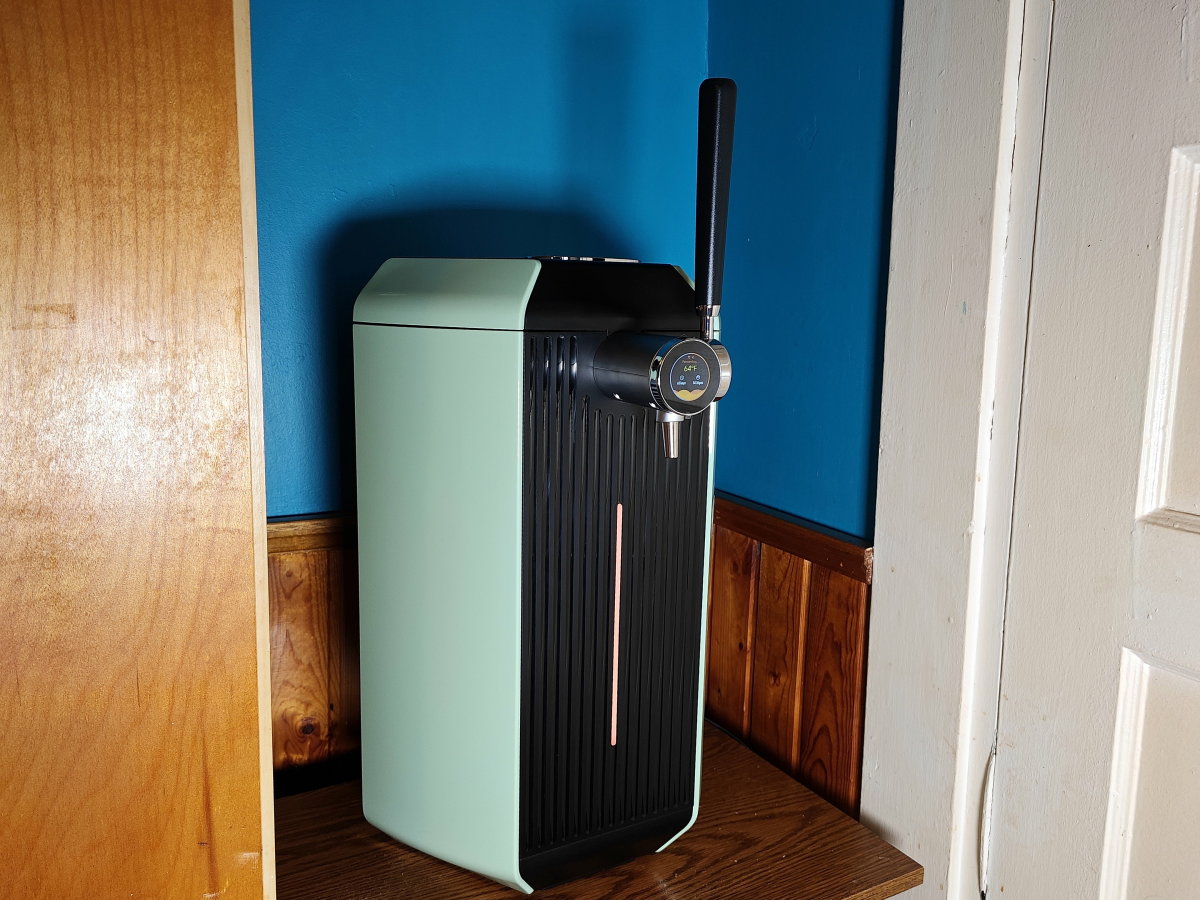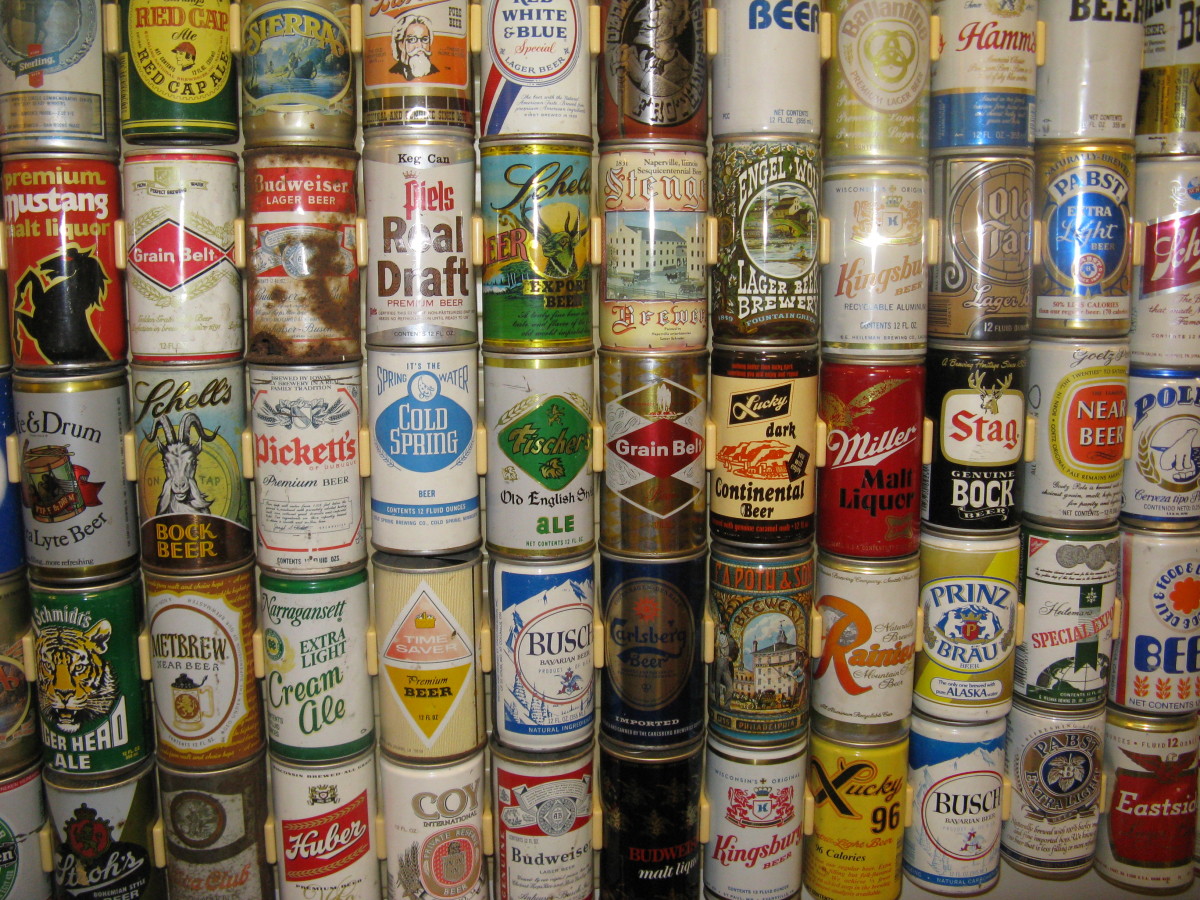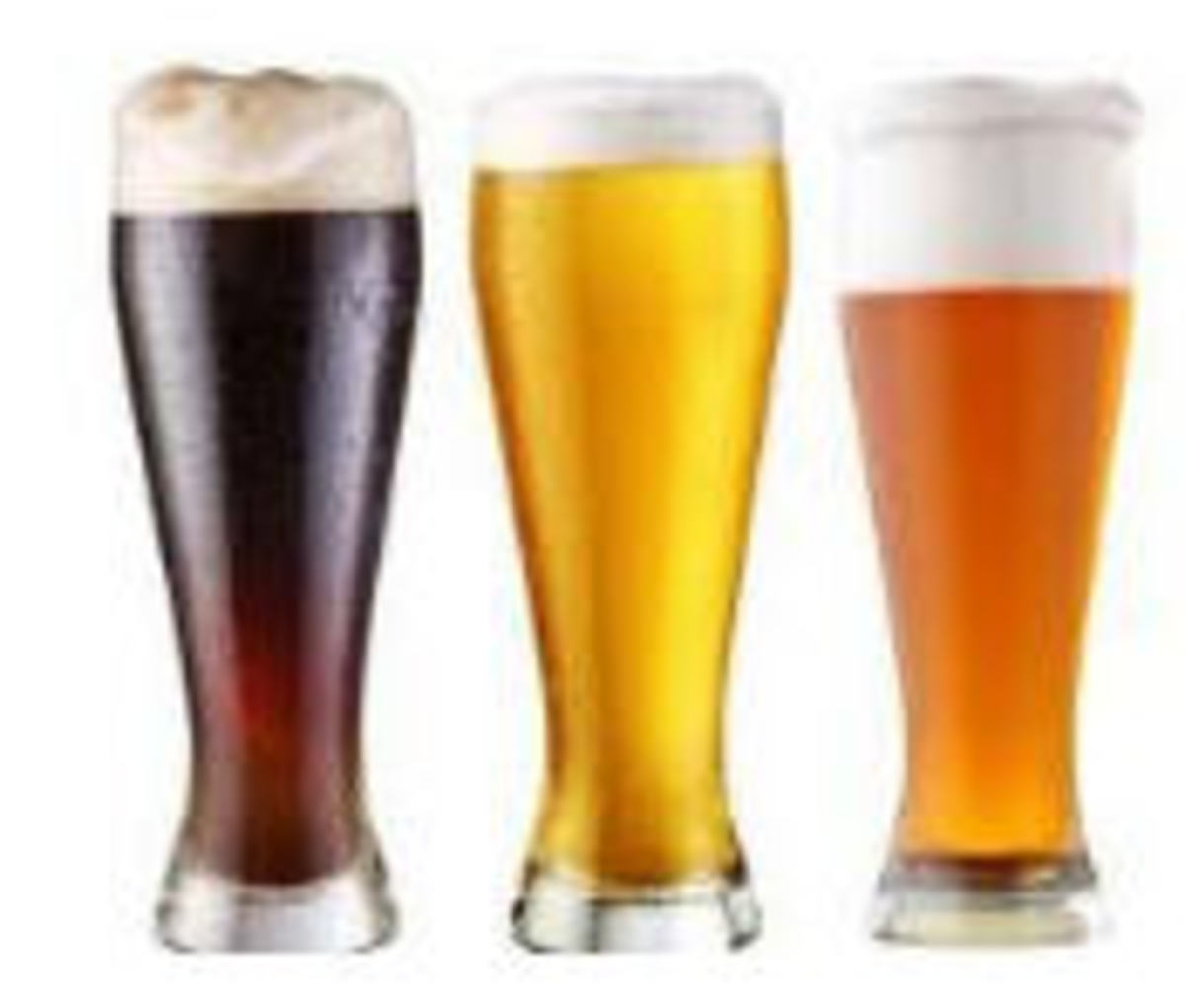Getting Started with Home Brewing
Home Brewing Basics
I recently discovered that enjoy brewing kombucha, hard cider, and beer. All three are fermented with yeast, and can be quite easy to do in the comfort of your home! All you need are a few supplies, some instructions (that's why you're here, right?), and time.
Home brewing isn't an art form for those who like instant results. This is an art form for those who take their time and care for their product, mostly during the beginning of the creation of the brew. Usually, with exception of temperature control, you can forget about your brews for about two weeks, but I'll get more into that later.
I'm also going to feature some kits that I've actually used in my own brews. Kits are a great way to start off because most of your supplies are provided for you. It's a great way to test to see if you like brewing, plus they make great gifts for the crafty brewer and DIY person in your life.
I'll start off with three different home brews, how they are basically done, and tell you where to get started.
So, are you interested in starting your own home brews? Let's jump in and get started.
1. Kombucha
Kombucha is fermented tea. Contrary to most fermented liquids, kombucha contains little to no alcohol. Kombucha is said to have many health benefits, but the one that is probably most accurate and good for you is that it can help your digestion by replenishing your gut bacteria, sort of like eating a good yogurt.
The basis of kombucha is black tea. You must use caffeinated tea. Green tea is good, too, as it contains caffeine. Yeast love the caffeine almost as much as they love sugar, which a lot goes into your kombucha.
The other main component of kombucha is the SCOBY, or Symbiotic Colony of Bacteria and Yeast. SCOBYs usually come in a sealed plastic bag filled with tea and look like a cream colored disc.
You combine a sweet tea mixture, water, and your SCOBY to make kombucha. Normally, after two weeks of proper temperature control and not disturbing your brew, you kombucha is ready to brew. Bottle your kombucha in swing top bottles and let them sit in dark place for four days or so. After that, pop them in the fridge and enjoy!
Kombucha in Action
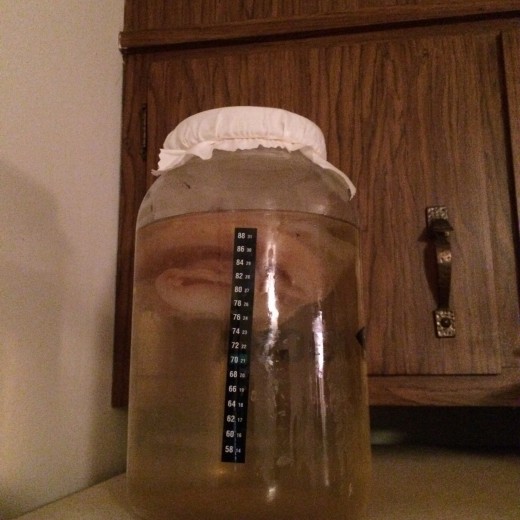
Get Started Brewing Kombucha!
2. Hard Cider
Hard cider is next easiest home brew to create. All you need is hard cider, some equipment, a packet of dry yeast, and time.
Unlike kombucha, hard cider is, well, hard. It's alcoholic.
To start off, buy a gallon of hard cider. Set it on the table to let it come to room temperature. While it's sitting out, sanitize all the equipment you will be using. Most kits you can get for hard cider will include a sanitizer packet and instructions on how to use it.
After your equipment has been santized, add your cider to a glass gallon fermentation jug, which should also be santized. Add your yeast packet and SHAKE THAT BOTTLE. Vigorous shaking with ensure the yeast will be well-distributed.
You should notice a lot of bubble forming. Follow your recipe's instructions with how to release CO2 from your bottle properly with your equipment. No one wants a cider explosion.
Let your cider sit for two weeks. Next, you get to bottle! Learn the fine art of siphoning. Siphon your cider into a pot with a little honey in it for carbonation. Siphon you honey cider into bottle. Cap them tightly and set them aside for two more week. After that, stuff them in the fridge, and enjoy!
Hard Cider in Action
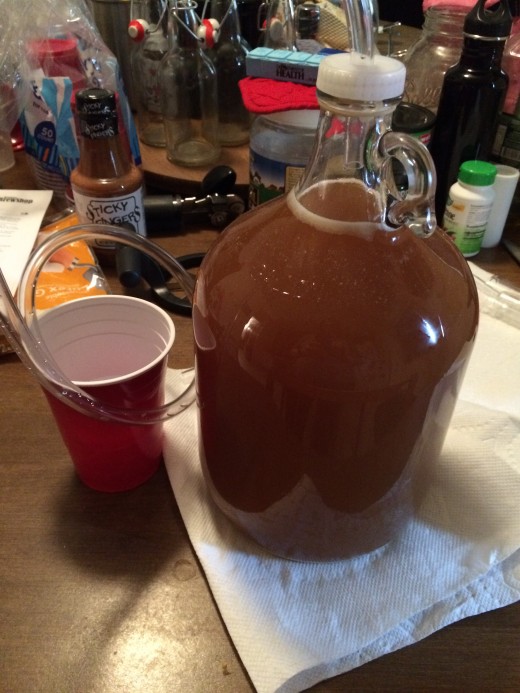
Get Start Brewing Hard Cider!
3. Beer
Beer.
It's the ultimate home brewers dream. I brew all grain beer, which is much harder to do than most of the malt syrup kits out there offer. If you are going to brew beer, go all grain. It's much more rewarding, and doesn't take like beer-flavored soda.
Learning to brew beer is a lesson in patience and chemistry. You have to monitor heat constantly. You need to cool ingredients down quickly and properly. You need to be able to follow a recipe with precise instructions. You also need a lot of time, so set aside an afternoon to start your brew.
Again, you will need to sanitize you equipment, even the pot you will be making your beer in.
Start off by making your mash, which is extracting the sugars from the grains and malts. This is a careful lesson in temperature control. Refer to your recipe or instructions for more details.
After you mash is done, extract your grains from the liquid. Hey, you made your wort, which is the liquid that become your beer. You may have to filter a lot of water through your grains a lot. You want to get all that wort-y malt-y goodness out, and is called lautering.
Next, once your lautered your wort, it goes in your nicely sanitzed glass gallon fermenting jug. Add your yeast and shake it!!! Distribute that yeast! Yeah!
Next, follow your recipe's instructions on how to set up your equipment for the release of CO2 from your brew. Again, no exploding liquids here, please. After the bubbles have died down, usually after a few days, your beer goes in a dark closet for two weeks.
Like the cider, add honey to a pot and siphon in your beer. Next, siphon your beer into bottles, cap'em, and put those bottles back into the closet for two more weeks to carbonate.
After those four long weeks, take out your beers, cool them, and enjoy!
Beer Lingo
Beer Term
| Definition
|
|---|---|
Mash
| Steeping Grains with Hot Water
|
Wort
| Liquid extracted from the mash
|
Lautering
| Process of separating the wort from the grain
|
Sparge
| Another word that is used for the process of lautering
|
Beer lingo can be confusing! Here are a few terms to that you need to know. Once you have these words down, you can talk like a true beermeister!
Beer Fermenting
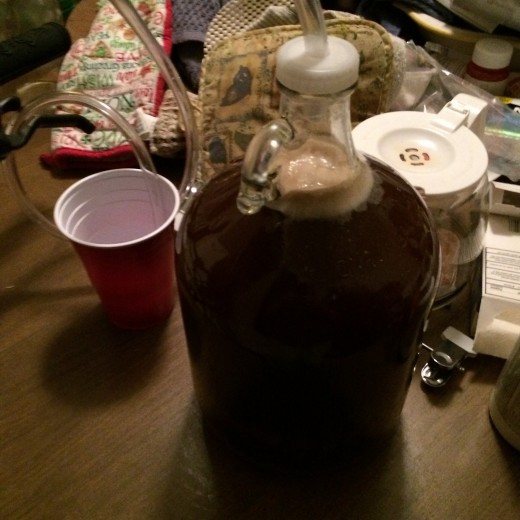
An Example of a Finished Brew!

Label Your Brews!
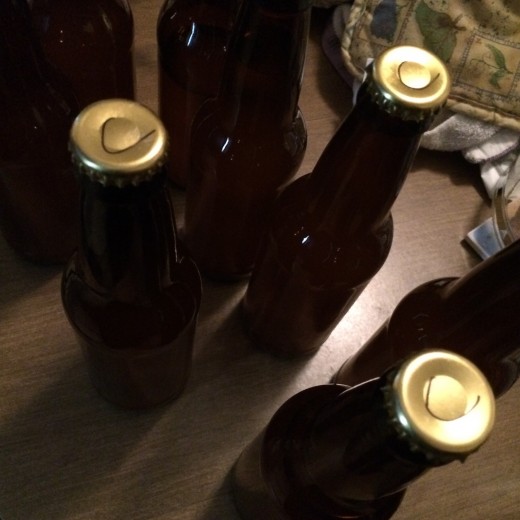
Great Places to Start Brewing
Are you excited to start brewing? Here are some great places to get started.
Video Tutorial
Watch the video below to see how to brew one gallon of beer. This is a great way to get instructions, and also see if you are willing to take the steps needed to brew a great gallon of beer. You could save yourself some time and money with a little research!
How to Brew One Gallon of Beer
Which are you going to try?
Which brew are you most interested in giving a shot?
Finishing Up
Ok, now that we've covered three ways to brew your own beverages, are you ready to take the next step and get started? Have you ever done a home brew? What was your experience like? Let me know in the comments section!




